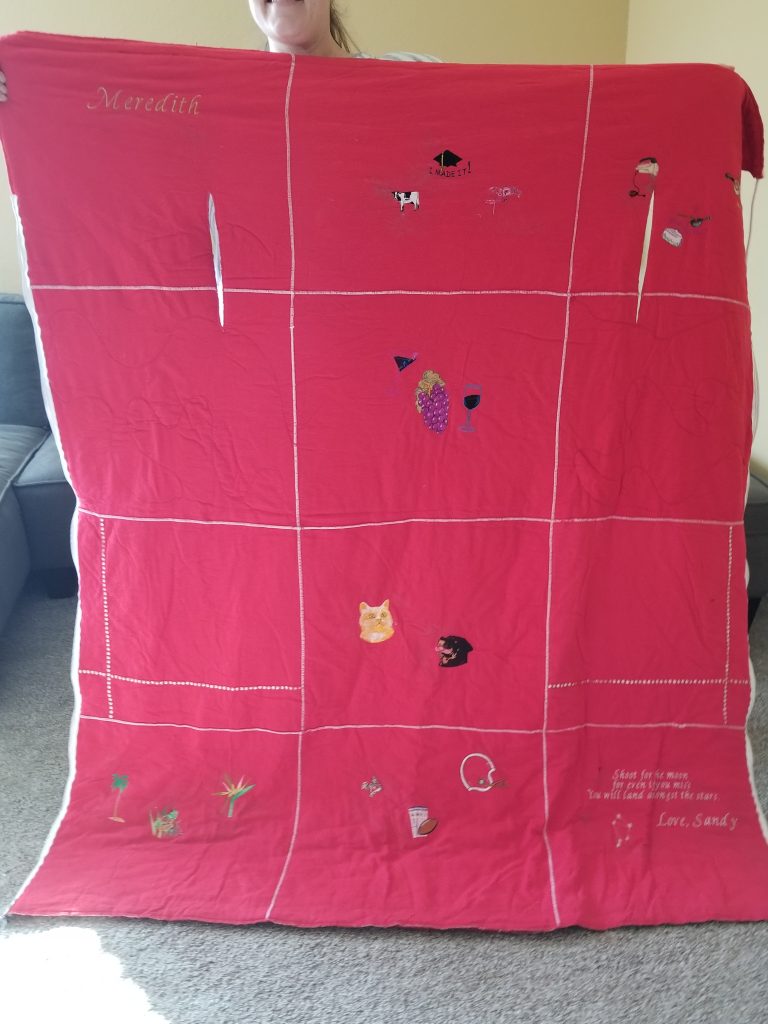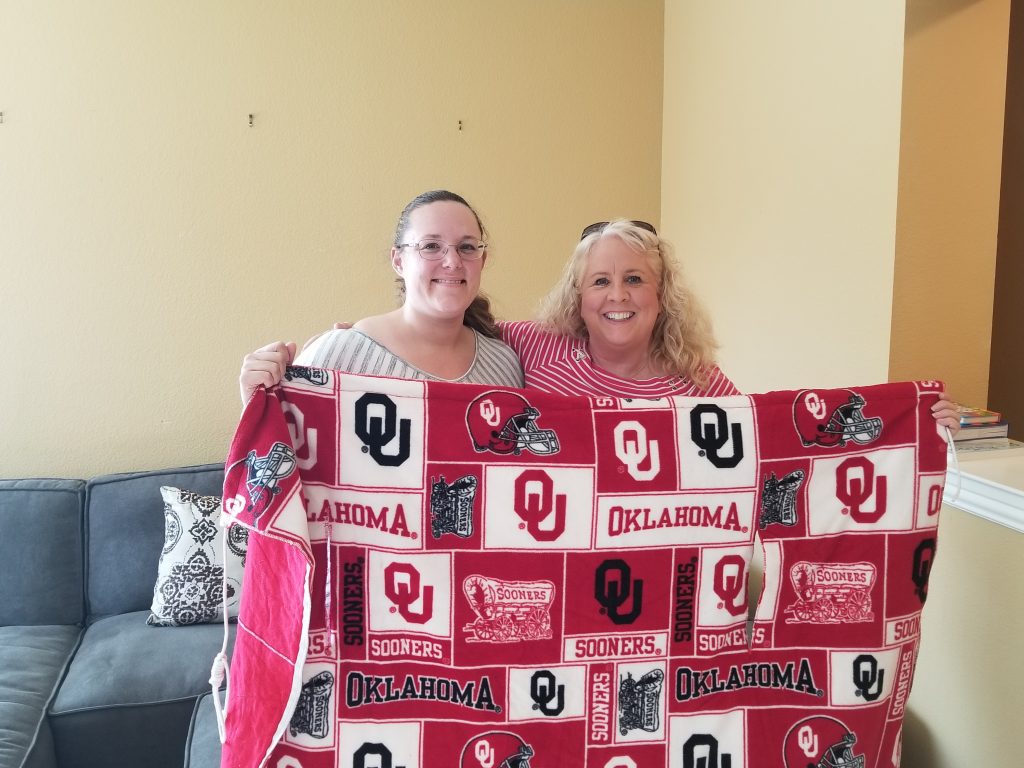
When people think of sewing, I’m pretty sure they don’t think of math. They think of pretty fabric, patterns, quilting, and making cool custom garments. Sewing, though, is a lot of math.
Although patterns state the yardage required for a given size and width of fabric, oftentimes adjustments must be made. If the fabric has a nap or one-way design, extra fabric will be required.
In my case, I have been making Snuggle Sacks for special friends and family for a few years. Tonight, I started making another one. One of the components required is insulation. I usually use Thinsulate. I had some leftover Thinsulate from a project I’d completed over the summer. Since the insulation is sandwiched between the inner and outer Snuggle Sack layers, it will never be seen. This was an opportunity to use up my Thinsulate scraps. First, I had to see how much I needed.

To do this, I calculated the area of the completed Snuggle Sack. I then measured the length and width of each of my scraps of Thinsulate. I then calculated the area of each scrap of Thinsulate. Then, I started subtracting the areas of the Thinsulate scraps from the total area needed, to see if I had enough. It turns out I have plenty of Thinsulate, with a bit leftover. But, if I hadn’t applied my math skills to the problem, I might have just bought more Thinsulate, and spent more money and had more fabric laying around the house.
And that’s just one simple example of using math in a sewing project and how STEM Education is used in everyday life.
Thanks for joining me. I hope to see you soon.